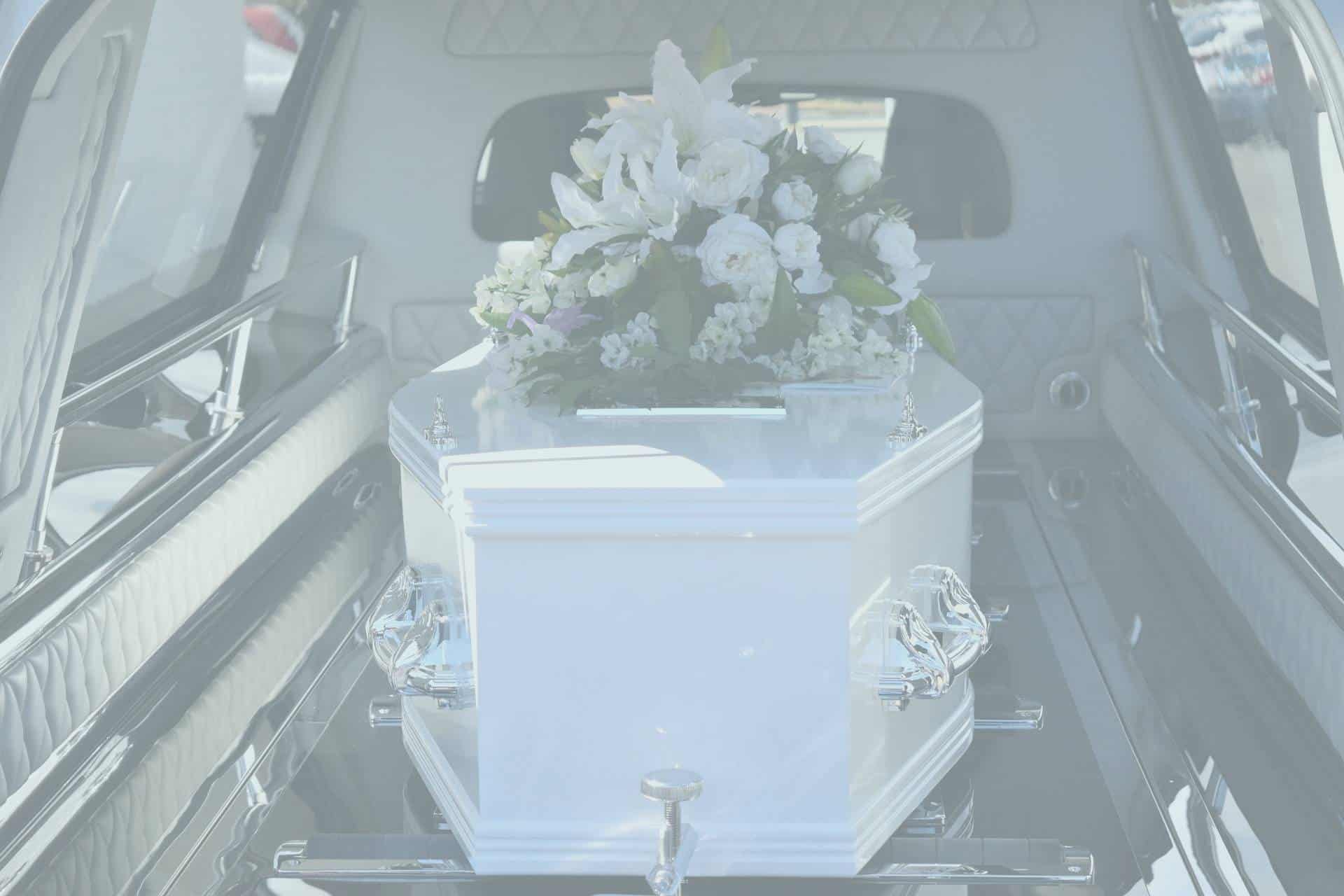There Are Plenty of Different Types of Coffins
Choosing a coffin for your funeral is a big decision if you are planning your own service in advance. The choice can have a considerable impact on the cost of the funeral, whether you are planning a cremation or a burial.
This is also the case if you are arranging the funeral of a recently departed loved one, of course. What are the main options? Check out Newrest Funerals’ handy guide.

Caskets
Popular in North America, caskets are made with opulent linings and a hinged lid on top. They are suited to funerals where the body of the deceased will be visited by family and friends. However, they are often too large to use at a cremation. Caskets are also popular among people who want to repatriate the deceased but you will need to confirm the particular design meets public health standards. They are one of the most expensive options.
Traditional Coffins
Often made from wood, traditional coffins will usually be embellished with handles on the sides to help pallbearers lift them up. Many of the more affordable models use plywood or even MDF with a veneer covering. If you want an environmentally friendly option, then choose one with a water-based lacquer since these will not leave toxins in the ground as they break down.
Personalised Coffins
You can get all sorts of personalised pictures and colours printed on a coffin these days. Coffins in the colours of a favourite football team are among the most popular in the UK. Usually made from sustainable wood sources or MDF, the panels can be covered with anything you like, such as a landscape photo or a family portrait. Some eco-burial sites won’t allow them, however. That said, they can be used in most crematoria and local authority-run cemeteries.
Cardboard Coffins
A low-cost option, cardboard coffins often surprise people because they don’t look as cheap or flimsy as they had imagined they would. These coffins can look very traditional and even be lined, if wanted. They can handle larger built frames and even be covered with pictures, just like a personalised coffin. They break down rapidly in the ground and will burn in a crematorium with much less energy consumption than a wooden coffin, for example.
Biodegradable Coffins
Unless they are made of metal or plastic – and few coffins are, these days – nearly all coffins will biodegrade to some extent over time. Only fittings like handles will remain. That said, wooden coffins will take a long time to biodegrade so people often seek alternatives that will allow them to be buried in a more ecologically sound way.
If this is important to you – or it is part of the rules set out where the burial will take place – then you have a number of options open to you. To begin with, you could look into willow coffins. These are attractive-looking coffins that resemble wicker baskets a little. Equally, sustainable sources like bamboo and banana plant leaves can be used to fashion sturdy coffins that will break down in the soil rapidly.


